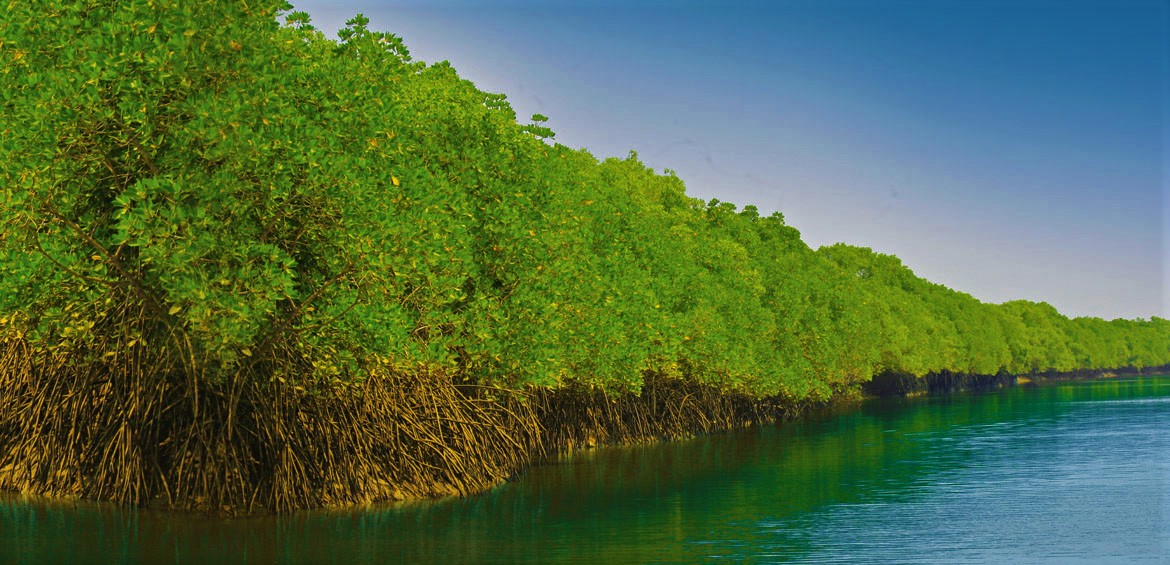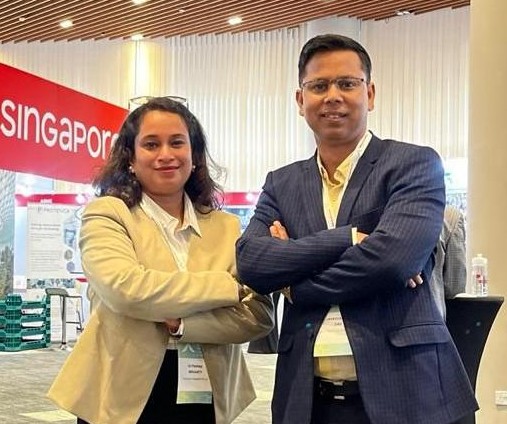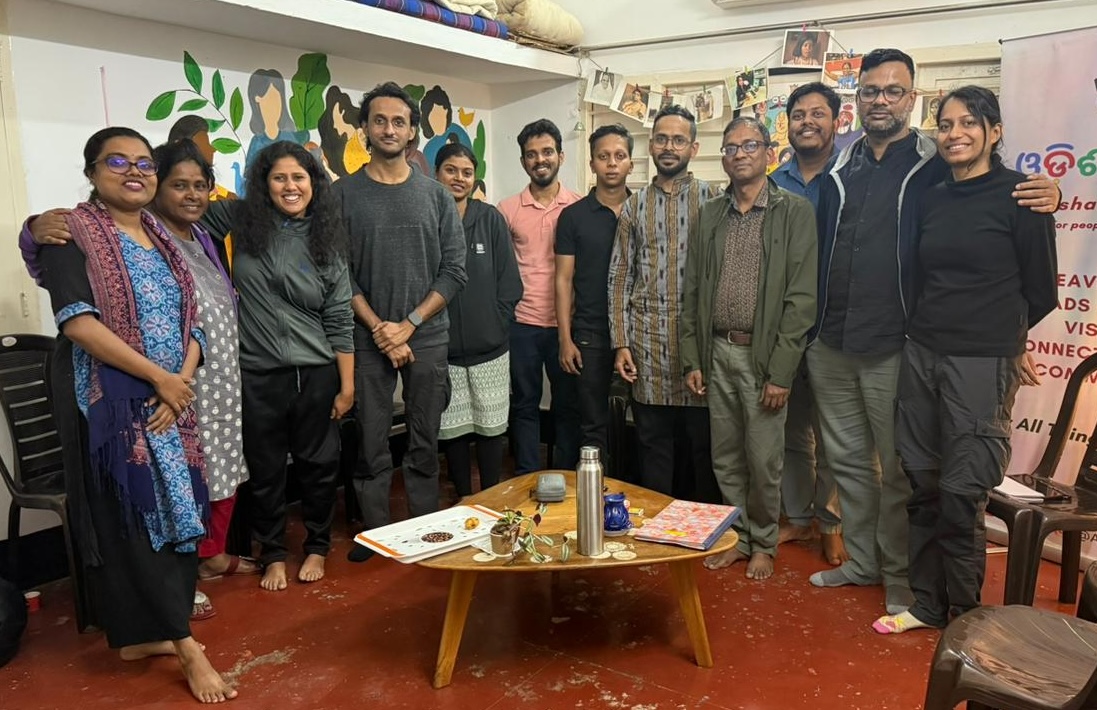Bhubaneswar: Cyclone Dana, which made landfall between Odisha’s Kendrapada district’s Bhitarkanika National Park and Bhadrak’s Dhamra on the midnight of October 24, saw its impact significantly reduced in Bhitarkanika thanks to the dense cover of mangrove forests in the area. According to the Indian Meteorological Department, Dana struck with wind speeds ranging from 100 to 120 km/h. However, the mangroves acted as a natural shield, lessening the storm’s intensity and minimizing damage to the region.
In contrast, Dhamra bore the brunt of the cyclone due to its lack of mangrove cover, demonstrating the vital role these coastal forests play in mitigating extreme weather events. The mangroves absorbed the force of strong winds and high waves, serving as a frontline defense against potential devastation.
Local conservationist Bijay Kumar Kabi, 50, who has cultivated 25 acres of mangrove forest in Badakot village over the past 15 years, was confident that Bhitarkanika’s mangroves would temper Cyclone Dana’s impact. “Our extensive mangrove forests protect us by reducing the force of high waves and powerful winds. I was sure they’d protect us from Dana,” shared Kabi.
For Kabi and his fellow villagers, this was an unprecedented landfall, as Bhitarkanika had never before experienced a direct impact from a cyclone. “This is the first time a cyclone has struck Bhitarkanika directly,” he noted, adding that this experience has only deepened the community’s faith in the protective capabilities of mangroves.
Years of severe coastal erosion have left areas like Pentha, Gahirmatha, and Satabhaya in Kendrapada district vulnerable to rising tides and storm surges. Mangrove plantations have increasingly become a lifeline for residents, standing as a natural barricade against these threats. Kabi began his reforestation project in 2006, collaborating with local villagers to plant over 20,000 mangrove trees, an effort rooted in the tragic memory of the 1999 super cyclone that claimed 10,000 lives in nearby Jagatsinghpur district. Even then, areas with mangrove coverage experienced less devastation, leaving an indelible lesson on the critical role of mangroves.
“This experience taught us the unmatched value of mangroves,” Kabi explained. Inspired by the need to shield their homes and livelihoods, Kendrapada residents now see mangroves as essential to their survival along the coast. Kabi’s efforts to expand mangrove cover have been recognized nationwide, even earning a mention from Prime Minister Narendra Modi in his Mann Ki Baat address.
Looking to the future, Kabi advocates for even greater mangrove planting in vulnerable coastal areas. “Mangroves thrive in alluvial soil with a mix of salty and fresh water, making river mouths ideal for their growth,” he explained. He also suggested donating mangrove seedlings to local communities to encourage grassroots planting efforts.





